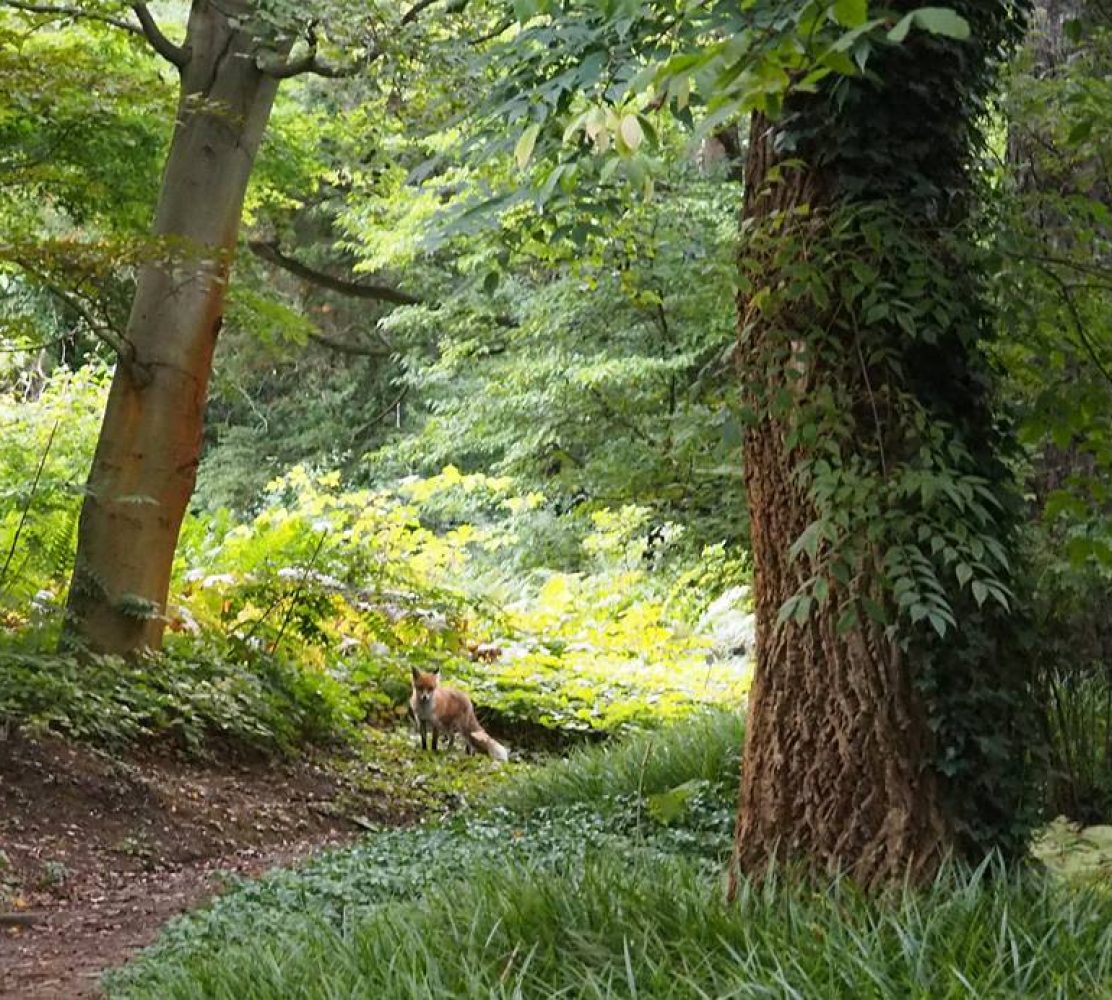Last time I was in Cape Town, fires were ravaging the mountains. It was early March, and for days the blaze continued, spurred on by strong winds and dry vegetation. Fynbos, the indigenous vegetation in the Cape, requires fire every 15 years or so as part of its life cycle (smoke causes many seeds to germinate, and fires clear away old and dead plants), but the extent of the fires was large this year and it was sad to see the mountain burning.
At the end of August I returned to Cape Town again and went walking with a friend at Cape Point nature reserve at the southwesternmost point of Africa, where we came across part of the area burnt by the fires. There are many great walks here, and we tried one I hadn’t been on before, the Thomas T Tucker Shipwreck trail. It was a cool and windy day, but hiking is great in most weathers, I love to see how places look different in different seasons. Whipped up by the wind, the ocean looked fantastic, and you could easily image how many ships met their demise. The peninsula wasn’t named the Cape of Storms by Portuguese explorers for nothing.
Thomas T Tucker was a ship from the US which ran aground at Oliphantbos point in 1942 on its maiden voyage, while sailing close to the coast to avoid German U-boats patrolling the area. Because of fog and possibly a faulty compass, the crew misjudged their location and the ship ran into the rocks and was wrecked. The shipwreck trail starts at Oliphantsbos parking lot in the reserve, heads along the beach past the Thomas T Tucker wreck and eventually reaches another shipwreck, the Nolloth.
Just after the Nolloth, there is a path leading inland, so you can make a circular route through the fynbos back to the parking lot, or extend the walk a bit by visiting Sirkelsvlei. Part of the inland section had been burnt by fires. We stuck to the path so as not to damage the recovering vegetation. The scenery reminded us of a moon landscape, bare and grey, everything destroyed. We were surprised how many tortoise shells were lying around – it’s known that many tortoises perish in fire, but we hadn’t realized that there are so many tortoises living hidden within the fynbos. We saw about four tortoise shells just near a short section of path in one area.
I was also surprised that the vegetation had not recovered more quickly after the winter rains, but perhaps it will start growing faster once the spring sun comes out. Recovery is probably a slow process. However we were happy to see some signs of new life, leaves on the tops of some bushes were growing back, and some bulbs had sprung bright yellow flowers. We also kept coming across a fascinating plant that looked more like a mushroom, seaweed (or alien life-form!) than a plant, although more of these were in the unburnt areas.
It was also interesting how quickly the burnt section ended, the fires must have burnt fast and swept right past some bushes without touching them. Back in the unburnt section, the fynbos was again diverse and full of different shades of greens, yellows and violets. This walk was so interesting, with the shipwrecks, wild waves, seabirds, fynbos, and rocks. Here are some more photos.


































2 thoughts on “The Thomas T Tucker Shipwreck trail – after the fire”